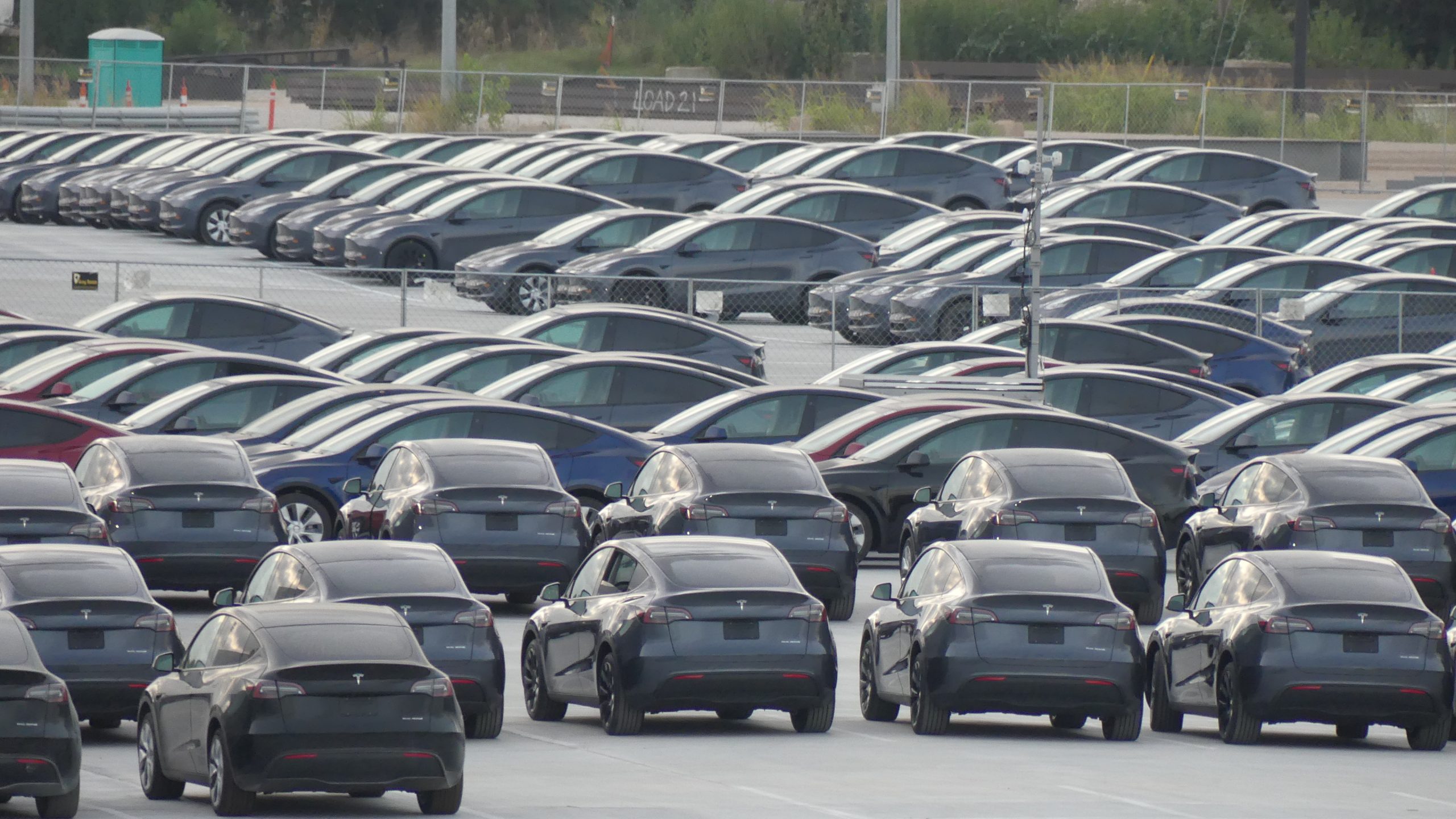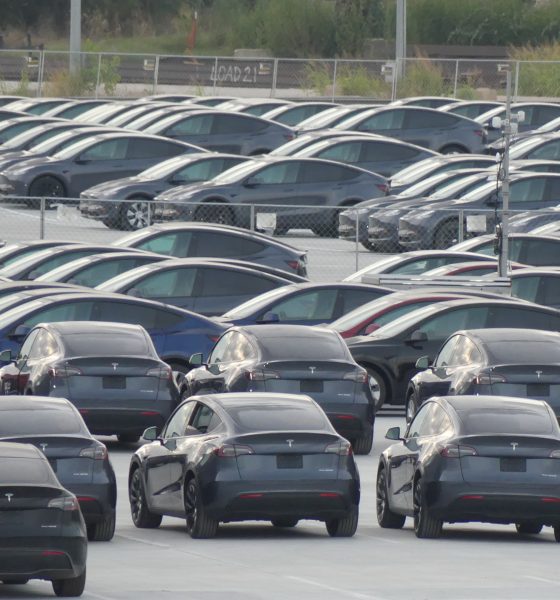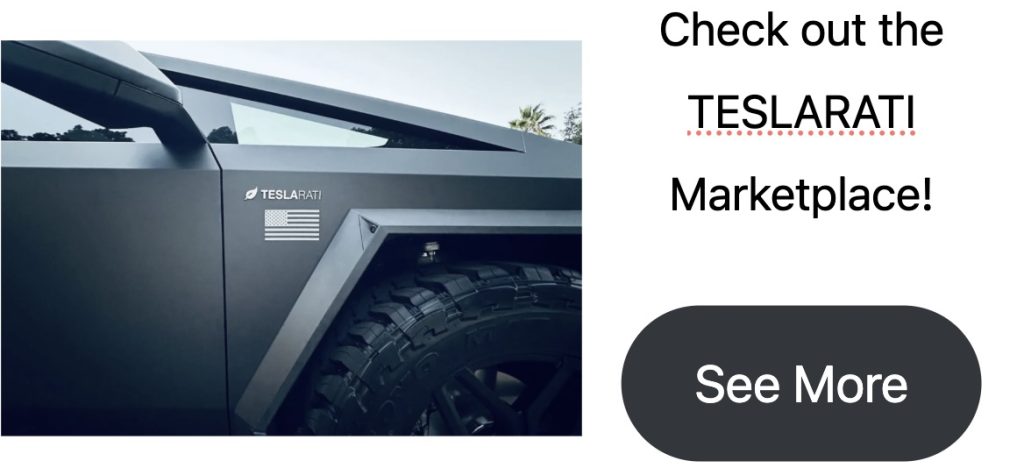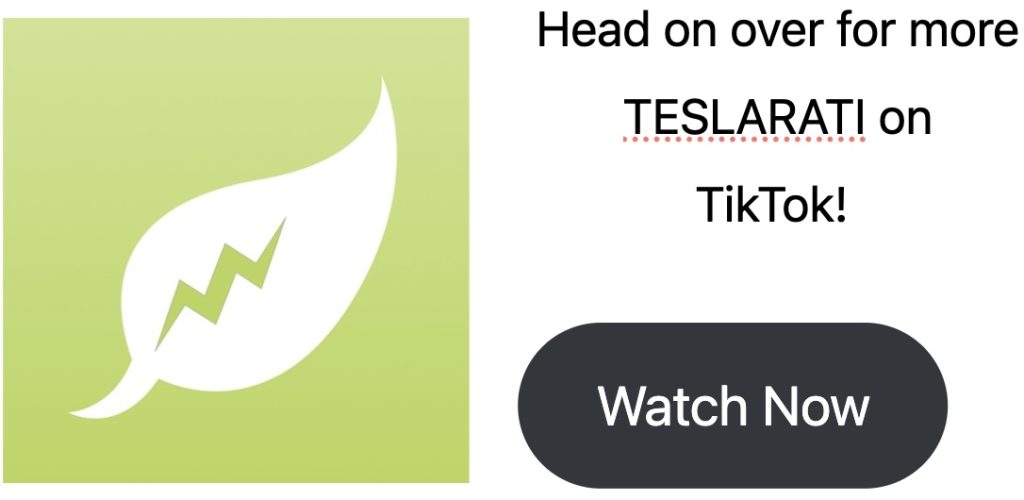

News
U.S. Supreme Court to hear challenge on California emission rule waiver
The U.S. Supreme Court is set to hear a challenge from fuel companies against California’s ability to create its own emissions rules, in a case that could set a major precedent for how states handle making their own standards in efforts to lower greenhouse gas emissions through electric vehicle (EV) adoption.
After the Environmental Protection Agency (EPA) granted California an exemption from federal air pollution laws in 2022, effectively letting the state set its own vehicle emissions rules, the U.S. Supreme Court last week agreed to listen to a bid from a Valero Energy subsidiary and other fuel groups to challenge the exemption (via Reuters).
Valero’s Diamond Alternative Energy and other associated fuel business lobby groups argue that the waiver oversteps the power of the EPA under the Clean Air Act, under which the federal rules are set. The groups also argued that such a decision would lower demand for their liquid fuels, ultimately inflicting harm on their bottom line.
RELATED: U.S. Congressman urges President Biden to end EV transition goals
In the appeal, the groups also said that California was overstepping its power, acting as a “junior-varsity EPA” by making regulatory decisions to combat climate change and force the adoption of EVs upon consumers—choices the group says the state does not have the right to make.
The decision also comes after the EPA was backed by the U.S. Court of Appeals for the District of Columbia in April, with the court throwing out a legal challenge against the waiver from a group of 17 Republican-run states. In that appeal, backers also argued that California’s ability to set its own emissions rules gave the state unconstitutional regulatory power, which they said isn’t available to other states.
The waiver has long been a point of contention, originally dating back to a 2013 decision to offer California the waiver. In 2019, the Trump administration rescinded that waiver, before the EPA was given power to reinstate it under the Biden administration in 2022.
California has also been a leader in pushing EV adoption through massive incentives, and an official ruling later in 2022 to ban the sale of new gas cars beginning in 2035. That ruling has since been followed by a handful of other states, including New Jersey, New York, Oregon, and Washington.
Last year, California’s battery-electric vehicle (BEV) sales also made up around one-third of all U.S. BEV sales, as led by Tesla.
Passed by the California Air Resources Board (CARB), the California ban also includes a gradual phase-out of gas vehicles set to begin in 2026, for which the state also required an EPA waiver. California has gained over 75 separate waivers since 1967, through which it has been able to lodge increasingly strict rules surrounding vehicle emissions performance and EV sales.
In February, the EPA actually loosened federal standards requiring automakers to sell a certain ratio of EVs by 2032. Previously, the agency required that automakers make 60 percent of sales come from BEVs and plugin hybrids by 2030, increasing that to 68 percent by 2032. Now, the agency mandates that manufacturers make 50 percent of their overall sales either plugin hybrids or BEVs by 2030.
What are your thoughts? Let me know at zach@teslarati.com, find me on X at @zacharyvisconti, or send us tips at tips@teslarati.com.
California’s proposed 2035 EV sales mandate faces scrutiny at EPA hearing



News
Tesla starts showing how FSD will change lives in Europe
Local officials tested the system on narrow country roads and were impressed by FSD’s smooth, human-like driving, with some calling the service a game-changer for everyday life in areas that are far from urban centers.

Tesla has launched Europe’s first public shuttle service using Full Self-Driving (Supervised) in the rural Eifelkreis Bitburg-Prüm region of Germany, demonstrating how the technology can restore independence and mobility for people who struggle with limited transport options.
Local officials tested the system on narrow country roads and were impressed by FSD’s smooth, human-like driving, with some calling the service a game-changer for everyday life in areas that are far from urban centers.
Officials see real impact on rural residents
Arzfeld Mayor Johannes Kuhl and District Administrator Andreas Kruppert personally tested the Tesla shuttle service. This allowed them to see just how well FSD navigated winding lanes and rural roads confidently. Kruppert said, “Autonomous driving sounds like science fiction to many, but we simply see here that it works totally well in rural regions too.” Kuhl, for his part, also noted that FSD “feels like a very experienced driver.”
The pilot complements the area’s “Citizen Bus” program, which provides on-demand rides for elderly residents who can no longer drive themselves. Tesla Europe shared a video of a demonstration of the service, highlighting how FSD gives people their freedom back, even in places where public transport is not as prevalent.
What the Ministry for Economic Affairs and Transport says
Rhineland-Palatinate’s Minister Daniela Schmitt supported the project, praising the collaboration that made this “first of its kind in Europe” possible. As per the ministry, the rural rollout for the service shows FSD’s potential beyond major cities, and it delivers tangible benefits like grocery runs, doctor visits, and social connections for isolated residents.
“Reliable and flexible mobility is especially vital in rural areas. With the launch of a shuttle service using self-driving vehicles (FSD supervised) by Tesla in the Eifelkreis Bitburg-Prüm, an innovative pilot project is now getting underway that complements local community bus services. It is the first project of its kind in Europe.
“The result is a real gain for rural mobility: greater accessibility, more flexibility and tangible benefits for everyday life. A strong signal for innovation, cooperation and future-oriented mobility beyond urban centers,” the ministry wrote in a LinkedIn post.
News
Tesla China quietly posts Robotaxi-related job listing
Tesla China is currently seeking a Low Voltage Electrical Engineer to work on circuit board design for the company’s autonomous vehicles.

Tesla has posted a new job listing in Shanghai explicitly tied to its Robotaxi program, fueling speculation that the company is preparing to launch its dedicated autonomous ride-hailing service in China.
As noted in the listing, Tesla China is currently seeking a Low Voltage Electrical Engineer to work on circuit board design for the company’s autonomous vehicles.
Robotaxi-specific role
The listing, which was shared on social media platform X by industry watcher @tslaming, suggested that Tesla China is looking to fill the role urgently. The job listing itself specifically mentions that the person hired for the role will be working on the Low Voltage Hardware team, which would design the circuit boards that would serve as the nervous system of the Robotaxi.
Key tasks for the role, as indicated in the job listing, include collaboration with PCB layout, firmware, mechanical, program management, and validation teams, among other responsibilities. The role is based in Shanghai.
China Robotaxi launch
China represents a massive potential market for robotaxis, with its dense urban centers and supportive policies in select cities. Tesla has limited permission to roll out FSD in the country, though despite this, its vehicles have been hailed as among the best in the market when it comes to autonomous features. So far, at least, it appears that China supports Tesla’s FSD and Robotaxi rollout.
This was hinted at in November, when Tesla brought the Cybercab to the 8th China International Import Expo (CIIE) in Shanghai, marking the first time that the autonomous two-seater was brought to the Asia-Pacific region. The vehicle, despite not having a release date in China, received a significant amount of interest among the event’s attendees.
Elon Musk
Elon Musk and Tesla AI Director share insights after empty driver seat Robotaxi rides
The executives’ unoccupied tests hint at the rapid progress of Tesla’s unsupervised Robotaxi efforts.

Tesla CEO Elon Musk and AI Director Ashok Elluswamy celebrated Christmas Eve by sharing personal experiences with Robotaxi vehicles that had no safety monitor or occupant in the driver’s seat. Musk described the system’s “perfect driving” around Austin, while Elluswamy posted video from the back seat, calling it “an amazing experience.”
The executives’ unoccupied tests hint at the rapid progress of Tesla’s unsupervised Robotaxi efforts.
Elon and Ashok’s firsthand Robotaxi insights
Prior to Musk and the Tesla AI Director’s posts, sightings of unmanned Teslas navigating public roads were widely shared on social media. One such vehicle was spotted in Austin, Texas, which Elon Musk acknowleged by stating that “Testing is underway with no occupants in the car.”
Based on his Christmas Eve post, Musk seemed to have tested an unmanned Tesla himself. “A Tesla with no safety monitor in the car and me sitting in the passenger seat took me all around Austin on Sunday with perfect driving,” Musk wrote in his post.
Elluswamy responded with a 2-minute video showing himself in the rear of an unmanned Tesla. The video featured the vehicle’s empty front seats, as well as its smooth handling through real-world traffic. He captioned his video with the words, “It’s an amazing experience!”
Towards Unsupervised operations
During an xAI Hackathon earlier this month, Elon Musk mentioned that Tesla owed be removing Safety Monitors from its Robotaxis in Austin in just three weeks. “Unsupervised is pretty much solved at this point. So there will be Tesla Robotaxis operating in Austin with no one in them. Not even anyone in the passenger seat in about three weeks,” he said. Musk echoed similar estimates at the 2025 Annual Shareholder Meeting and the Q3 2025 earnings call.
Considering the insights that were posted Musk and Elluswamy, it does appear that Tesla is working hard towards operating its Robotaxis with no safety monitors. This is quite impressive considering that the service was launched just earlier this year.








